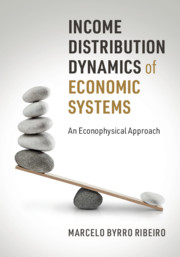References
Published online by Cambridge University Press: 28 February 2020
- Type
- Chapter
- Information
- Income Distribution Dynamics of Economic SystemsAn Econophysical Approach, pp. 277 - 300Publisher: Cambridge University PressPrint publication year: 2020



